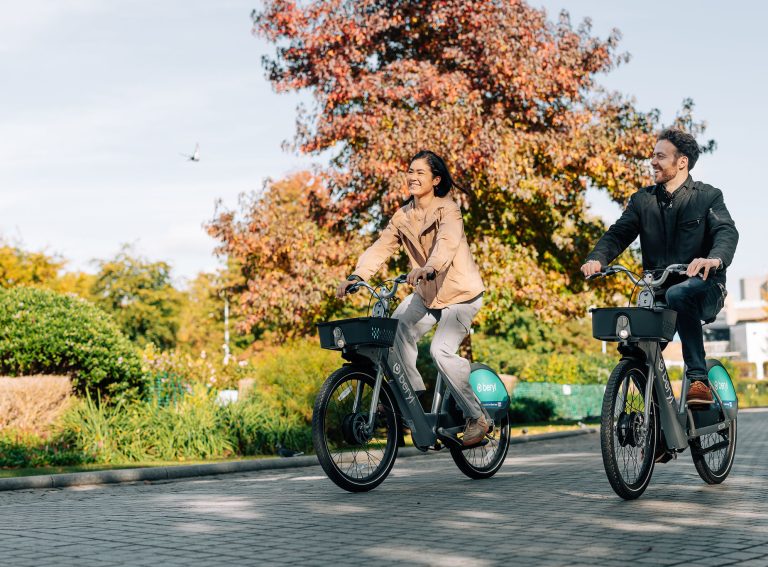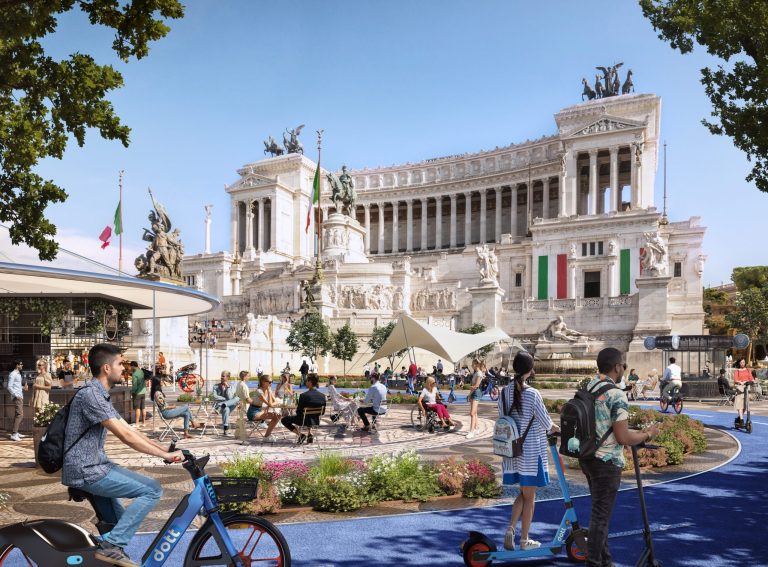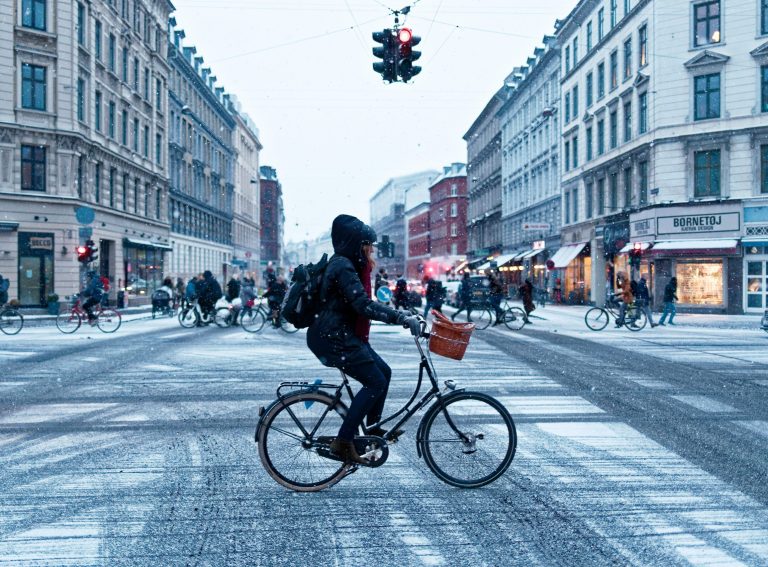Photo credit: Neuron Mobility
Author: Richard Buning, Senior Lecturer at The University of Queensland Business School, Australia
Despite widespread benefits offered to cities from reduction in trip times to carbon emission savings, micromobility is still very much up for broader public debate, especially in Australia.
However, for tourism, our latest research demonstrates the case is clear – micromobility is a win-win-win for the tourism industry, tourists and shared micromobility providers as roughly 1/3 of all users are tourists.
To truly understand the connection between tourism and micromobility for all, we spent six weeks on the streets of Brisbane, Australia, randomly intercepting visitors, residents, users, and non-users of a shared micromobility scheme. Our research asked questions both through a short survey of nearly a 1,000 people and 29 follow-up interviews that delved into transportation experiences, perceptions, and related views of the city. What did we learn?
Other than walking, micromobility is the preferred transport option for tourists to explore and experience an urban destination
When tourists arrive in a city, they are immediately confronted with a decision about where to visit, what to see and what to do. And more importantly, how to get to the various locations they wish to visit.
From our work, we found walking is preferred but severely limited by distance, ability, and weather (Brisbane can be quite hot and humid). Public transport is considered too confusing and challenging to navigate payment, timetables and maps. Rideshare is easy and familiar but lacks an experiential nature as it misses the sights and sounds of city between stops.
So, micromobility filled these transportation gap for tourists. Our sample explained that riding e-scooters was often the highlight of the trip allowing them to reach and access all the nooks and crannies of the city, providing a more rich and ‘local’ experience. To easily see more and do more, that they would have likely otherwise missed in cars, buses or trains.
Micromobility provided tourists with convenience and independence to explore the city on their own schedule, which is exceptionally important as time is often argued to be the most important commodity for tourists.
An international visitor to Brisbane explained it was important to them “to be in control of your own destination and stop where you want. Instead of a bus where you must figure out the schedule and where to get on and where to transfer.”
Overwhelmingly, 80% of the user visitors we surveyed and 40% of the non-users strongly believed e-scooters enhanced their city experience which contributed to more positive views of the city overall as an active, vibrant and green community
Riding e-scooters in the city were much more than a transport option, they created a memorable tourism experience comparable to the city’s best tourism attractions (e.g museums, parklands).
Indeed, only about 30% of respondents used micromobility in connection to public transportation. Instead, micromobility largely served as a sustainable alternative to buses, trains, and cars and for many created the best part of their visitor experience traveling around often without a specific destination in mind.
One tourist explained “It 100% added to our experience in Brisbane. I’m sure we would have had a good time, but what we would have been able to see and experience would have been far reduced.” Another said “I really enjoyed using them. It was a highlight of our trip”.
Robust cycling infrastructure contributed to the positive views of micromobility and the city generally
Considering tourist use, arguably Brisbane has great cycling infrastructure in the urban center with separated bike paths on both sides of the Brisbane river winding through the best and most scenic parts of the city.
An international visitor stated: ”What I like most is the separated paths you have for the scooters and the bikes, I call it the scooter highway.” These paths allowed tourists to explore all Brisbane has to offer without concern for traffic or getting lost.
What about the non-users?
Surprisingly, even those that don’t use micromobility still expressed largely positive views or were indifferent. One non-user explained they viewed the city as “a bit more sustainable, trying to encourage people to use cars a little less…it encourages people to think of us as a bit more of an active community.” Only about 20% of non-user respondents expressed negative sentiment towards micromobility.
So, what does micromobility bring to communities from a tourism perspective?
Simply, micromobility fosters an improved sustainable, vibrant, and active city image, a preferred and easy way to explore and experience the city, better engagement with the attractions, sights, and sounds, along with dispersed spending across the destination, all together creating a memorable and leading tourism experience.











